I wanted to do a bit of a personal post, which might become a video on the YouTube channel about how tennis racquets have evolved.
On my video racquet reviews, I have often gotten comments about how you can play with a 20 year-old-racquet in 2024 and be fine. And this is true, you can play with an older racquet and play great tennis. A racquet is not a phone, where technology is racing away (still, people enjoy going back to dumb phones, so maybe not the best analogy). A computer might make a more apt comparison.
I think racquets keep getting refined and improved. I am sometimes nostalgic about the racquets of old and love taking them out for a spin, but one thing I notice over and over is the lack of forgiveness in older racquets. Even only going back ten years of the same model, I realize that the sweet spot is pretty much always smaller on the older racquet. It made think about how different tennis racquets have evolved over the years.
Looking for new gear?
Get your tennis racquets from Tennis Only.
Our recommended tennis store for Australia!
Looking for new gear?
Get your tennis racquets from Tennis Warehouse Europe!
Use the code TNERD10 for a 10% discount right now.
Looking for new gear?
Get your tennis racquets from Tennis Warehouse.
Our recommended tennis store for North America!
The Wilson Blade 98
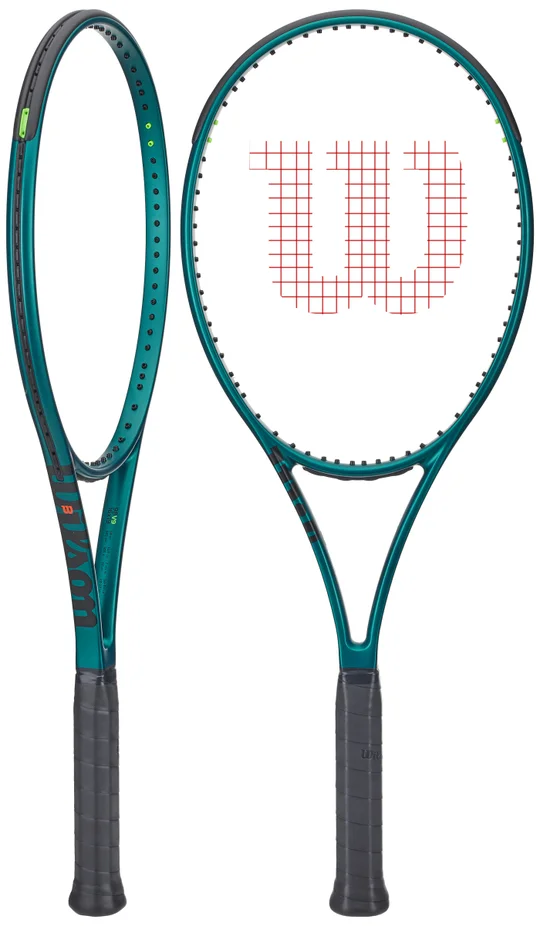
One example is the Wilson Blade 98 18/20. Comparing the beloved V5 version over the V8 version, which are five years apart approximately, I feel like the V8 gives you a bit more power and a larger sweet spot, while retaining good control. If you look at the racquets, it doesn’t look like they have changed a lot, but there has been some refinement in layup and mold. And this is sometimes significant.
I used to be a big fan of the V5, but playing with it today, compared to the V8 Blade 98, I found it challenging to generate depth and spin. Racquets are improving. Not with huge steps perhaps, but enough to care. Also, the V5 Blades did not have a Blade 100.
The difference between the new Blade V9 and the Blade V8 is not as drastic. But they seemed to have worked on quality control, and the new grommet system makes life easier when you need to replace grommets.
This is one example that racquets do change in between generations. Sometimes drastically, sometimes marginally. Three generations back, the Blade looked similar but played different, from one generation to another, the change is not as significant.
The Yonex VCORE
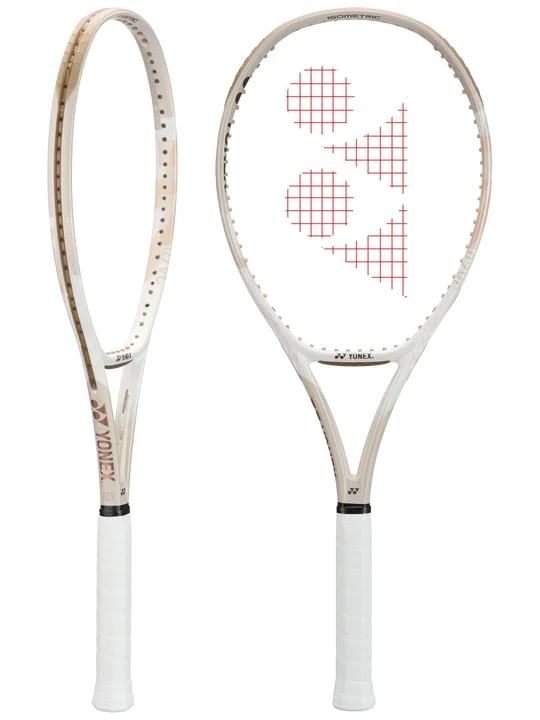
If we look at a more drastic example of a significant change from one generation to the next, the Yonex VCORE is useful to examine. Some brands update racquet models every two years. Some do it every three years. Babolat and Yonex are generally on three years and even longer, while HEAD likes renewing their racquet lines every 24 months. The Yonex approach to the VCORE was a completely new mold and layup.
The mold is the structure of the racquet. Here the head shape of the VCORE 2023 is very different from VCORE 2021. The layup is the internals of the racquet, which is what was baked inside the mold. On the 2023, they have gone softer and more muted in terms of response compared to the stiffer, shorter dwell time of the 2021. For the player, this is a matter of taste. Professional tennis players cannot afford to start playing with a different racquet every two years. There is simply no time for the adjustment and the muscle memory is built up over hundreds of hours with a racquet.
For the amateur player, buying a new racquet is not as risky, but still, a switch takes time getting used to. So a player who has played many hours with the VCORE 98 2021, might not like the VCORE 2023 at all. Or maybe it solves the things he did not like with his racquet.
The Babolat Pure Drive
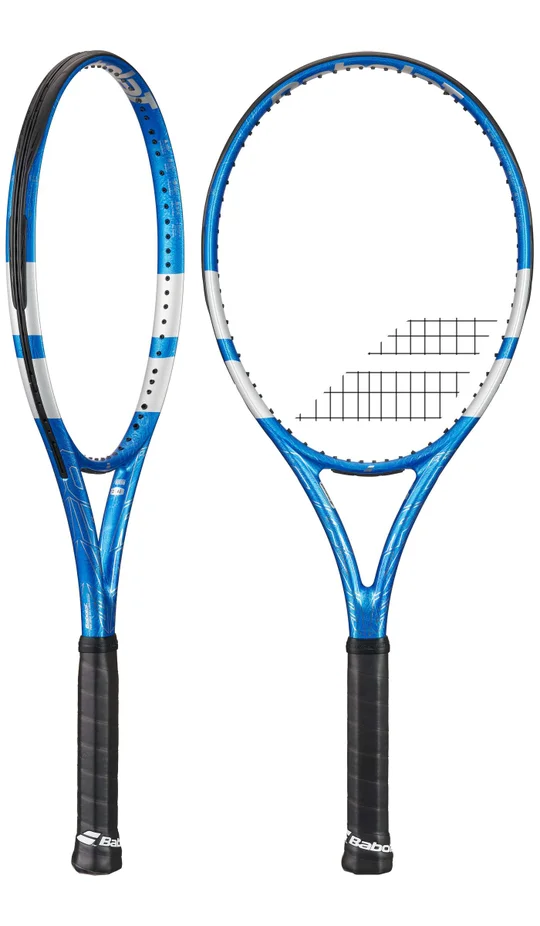
Another iconic racquet line is the Babolat Pure Drive. It turned 30 years this year, as the first generation Pure Drive was released in 1994. The mold has not changed much over the years, neither has the specifications. The Pure Drive has always been a stiff racquet with a thick beam (23 to 26 mm) with a 100 sq inch head size and a 16/19 string pattern. It has become the icon of powerful racquets and is used by many amateurs and pros worldwide.
The mold has changed minimally. The string pattern has gone from open to more closed, to more open, to more closed, which is the kind of see-saw many racquets do. The layup on the first Pure Drive was raw but not quite as stiff. It did get stiffer over the years, which, when strung too high, has bothered many players’ elbows. I am usually not a huge fan of dampening technology to reduce vibrations since it often kills feel, but on a racquet like the Pure Drive, it is needed.
Professional tennis players using the Pure Drive use different generations. Fabio Fognini is a fan of the first generation, same as Kim Clijsters. Garbine Mugurza used to play the stiffer, dense pattern 2012 version, same as Julia Goerges. Andy Roddick played an extended Pure Drive gen 2, while Carlos Moya used the Babolat Soft Drive under a Pure Drive cosmetic.
The latest generation at the time of writing is the Pure Drive 2021, which was decent but a bit too stiff for my taste. We are due an update in 2025. I hope this includes the excellent nf2 dampening technology that Babolat used for their Pure Aero 2023, which significantly improved the racquet. I always loved playing with a Pure Drive, but my arm sometimes complained.
The HEAD Prestige
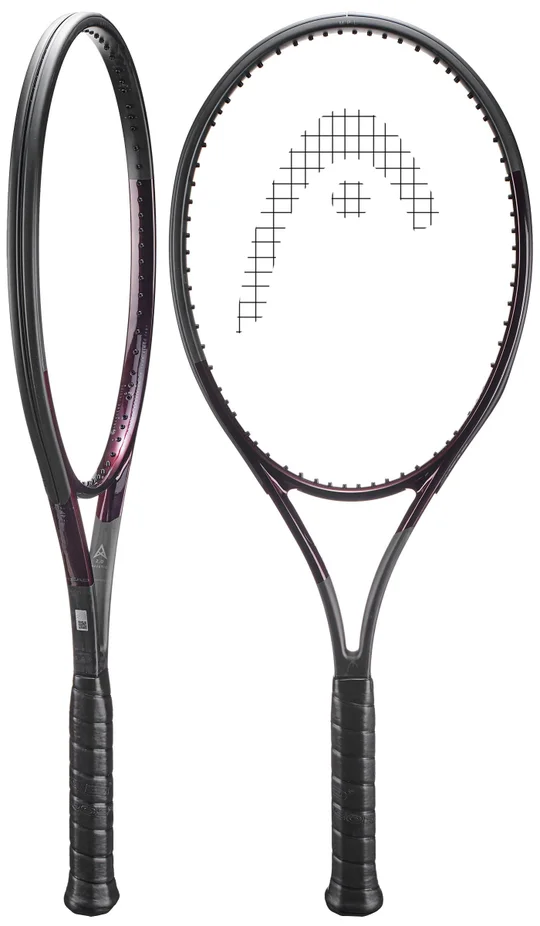
Another icon on the racquet scene is the HEAD Prestige. It has kept its identity over the years, but gone through the obvious changes as well.
Since the Prestige is a more flexible, control-oriented racquet, dampening technology is not always needed. But when the racquet companies introduce new technologies for a generation of racquets, they do so across the board. Sometimes it is a hit, sometimes it is a miss. I prefer the 360+ Prestiges from 2019 over the 2023 ones, but I think Auxetic improved almost all their other racquet lines. Where the Prestige might not need the technology, a racquet such as the Extreme does. Still, I thought Extreme Auxetic 1 played better for me than Auxetic 2. But many seemed to disagree, so it is a matter of personal taste, which is why you always need to demo and experiment for yourself.
You can get a taste of a racquet by reading a review, but it is when you play with a specific racquet you know if it might work for you.
The Prestige is not as popular as ten or 15 years ago. Most players want more power. But for some, that distinct personality of feel and precision, is exactly what they crave when they play tennis.
HEAD has introduced more forgiving Prestiges like the Prestige MP L and MP, which are both 99 sq inches. So that is always something to try if you love the flexy and controlled response but want more forgiveness.
Summary
I sometimes hear players say that racquets have not changed much. I disagree. Since tennis is a sport where skills win the game and control is necessary, we cannot expect racquets to go up to 120 sq inches and 28 mm beam widths. Besides rules and regulations about how racquets must be for tournament play, we still hit that same fuzzy yellow ball to different spots in the rectangle. This has not changed. What has changed is in the game is that racquets and strings allow us to get more depth and spin on all levels, which you might argue puts higher physical requirements on the player.
Racquets are improving marginally all the time. Not every generation is a step forward, but an attempt at a step forward that will capture some players, not all. Dampening is being refined to save elbows, and sweet spots are, on average larger, giving players an easier time on defense.
Sure, you can play with a 25-year-old racquet, and you will do fine. It is a sport of skill. But I have noticed that, on average, playing with a newer, more modern racquet makes tennis easier once you adjust to it. For some, that adjustment is not easy. Andy Murray struggled to find a racquet in the latter stages of his career, but in the end he settled for a heavily-weighted-up Ezone 100 in stark contrast to his old racquet. Roger Federer has said that if he had played beyond 2022, he would have used the lighter RF Pro over his old RF Autograph. Even if there are similarities between the racquets, that improvement in forgiveness and maneuverability will make a difference.
So, the point of this is to say that tennis racquets have evolved and will keep evolving. It is not always apparent if you don’t test racquets regularly, but for many players, leaving their 95 sq inch 18/20 for a 100 sq inch 16/19 might be a wow moment on the court. But not for all. You need to find out what works best for you.
What is your current racquet, and when did you last switch?
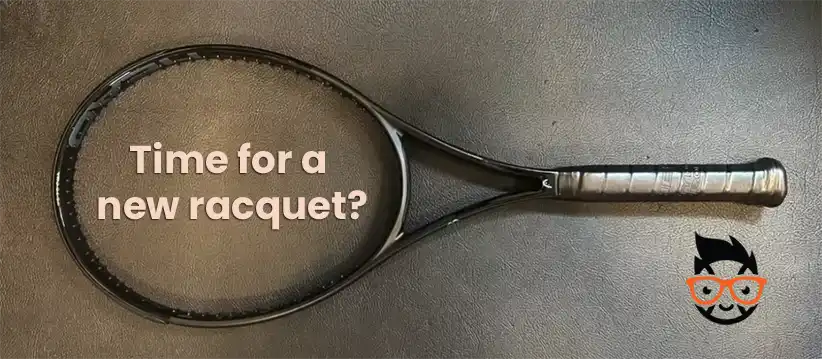





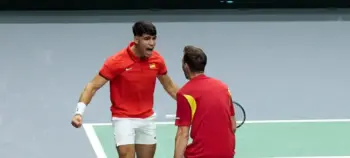

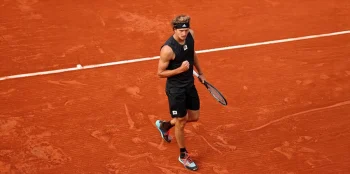



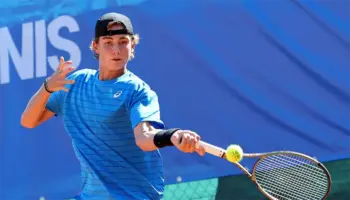
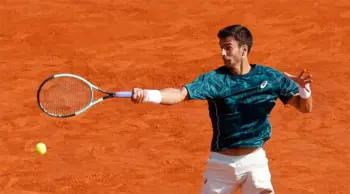
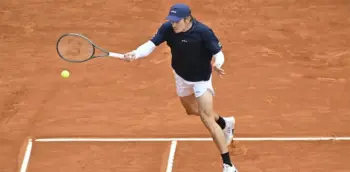
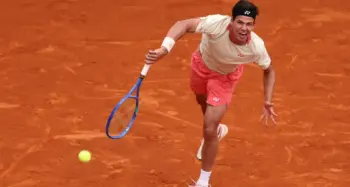

I respect what you write, but I don’t agree. From TW review (Version 16×19) Sweet zone similar to Forgivness
Wilson Blade V4 Sweet zone 17.5 inch squared
Wilson Blade V5 ” 17.9 inch squared
Wilson Blade V6 ” 16.4 inch squared
Wilson Blade V7 ” 15.1 inch squared
Wilson Blade V8 ” 15.1 inch squared
Really hard to believe. My experience: Prince Phantom 107 G has great sweet zone but the Old Head Os Zebra has a bigger one.
My opinion: new rackets play simply different. You can love it or not and every amateur feels the need sooner or later to try something new.
Made the switch last year, from 2002-2003 something Head i.prestige (95 sq inch) to Gravity Tour. More foregivness, not so hefty, still control and precision. Demoed the Blade (quite similar) and the Gravity Pro (bazooka feeling) before making the decision.
The biggest thing I’ve noticed is how everyone is moving to smaller grips. I wanted to buy a 4 5/8 and the pro shop thought I was crazy!
Made the switch last year, from Head i.Prestige MP (95 sq in) , 2002-2003 something to Gravity Tour 2023 (100 sq in). More foregiveness, a little less weight, still control, maneuverability enough precision and ok feel. Demoed the Blade v8 (quite similar) and Gravity Pro (bazooka feeling) before making the decision.
Made the switch last year, from Head i.Prestige MP (95 sq in) , 2002-2003 something to Gravity Tour 2023 (100 sq in). More foregiveness, a little less weight, still control, maneuverability enough precision and ok feel. Demoed the Blade v8 (quite similar) and Gravity Pro (bazooka feeling) before making the decision.
You make some very good points here, Jonas. I’ve made a few switches over the years, a little back and forth, but ended back withe the Babolat Aeropro Drive Cortex (2007-09). Tried later releases of the the APD, didn’t like them. Tried the banana Pure Aero – played OK with it, but my arm didn’t like it (I didn’t either, to be honest). I have switched to the 2023 Pure Aero which I think plays a lot like the APD Cortex, but it’s a quite a bit easier to use. (I’ve brought the racquets in question to my preferred specs, btw).
Been playing with the Pure Drive for about 8 years. Have not upgraded in about 6 years.
I do restring regularly as I play 5-6 times a week.
Will look forward to the new version in 2025.
Keep me posted as to the release.
Thank you
Nancy
Thank you for your article Jonas. From one Brand and it’s particular model I see your point. But in general I feel that high level graphite has been replaces by what manufacturers call God knows what, Graphene and all that. Because of TENNISNERD I bought the HEAD LIQUID METAL INSTINCT MP. I’ve yet to find a racquet like it. Smooth, HUGE SWEET SPOT and amazing in every way. I’ve modified it with silicone but all in all a beast of a racquet. I have 6, most barely a scratch when I got them with an AVG price around $60 bucks! I switches out the pallets so lets call it $100 all in. Thanks for all the amazing content!! UNLIKE RACQUETS you TWO get BETTER and BETTER!!